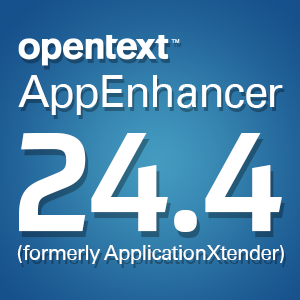New era of document imaging revolutionizing data management, analysis
Tuesday, May 14, 2013Document imaging technologies are no longer merely for scanning records to a digital format: These solutions now offer intelligent capture capabilities and other features for more effectively storing, archiving and searching for information. By deploying conversion services for switching to a digital database, enterprises have the opportunity to fuel collaboration and innovation.
In a report for ibml, CEO Derrick Murphy explained that organizations have increasingly integrated document imaging tools in order to deal with growing paper volumes. Further, as these technologies have matured, firms have been able to leverage more benefits, especially in regard to automation. Business 2 Community contributor Michael Neubarth also pointed to advances in data capture technologies, which can reduce time-consuming labor associated with manual data entry. He revealed that scan and capture systems have gone through a dramatic transformation as recognition accuracy and business process automation (BPA) features have become more sophisticated.
Integration and automation
Whereas previously, the main objective when implementing these tools was eliminating the need to key in data manually, document automation systems have provided greater value by accelerating a variety of critical procedures. Murphy noted that automation has been particularly beneficial for removing the inefficiencies in document-driven procedures such as invoice approvals and accounts payable (AP) processing. Document scanning allows enterprises to more quickly and accurately capture information and improve customer service by rapidly responding to requests and claims.
Additionally, according to Neubarth, rapid deployments of intelligent capture solutions have been driven by demands for higher image quality and data recognition that has the ability to extract and classify information from a variety of document types. He explained that during the document conversion process, data can be extracted and fed to a variety of business systems, from business intelligence (BI) software to enterprise resource planning (ERP) systems, to drive efficiency.
Wendi Klein, director of marketing and communications for North America at A2iA, explained that due to document imaging, complex data can now be quickly distributed to any department that needs it. The archival and retrieval functions of these systems also provide a more accessible, searchable database. She pointed out that firms need to consider not only how to convert documents to an electronic format, but also how to transition to a more intelligent archive.
Electronic document management solutions will continue to advance to incorporate more robust business process management, analytics and integration that offer enterprises faster, deeper insight into all processes.
Brought to you by Image One Corporation providing complete information governance since 1994.




